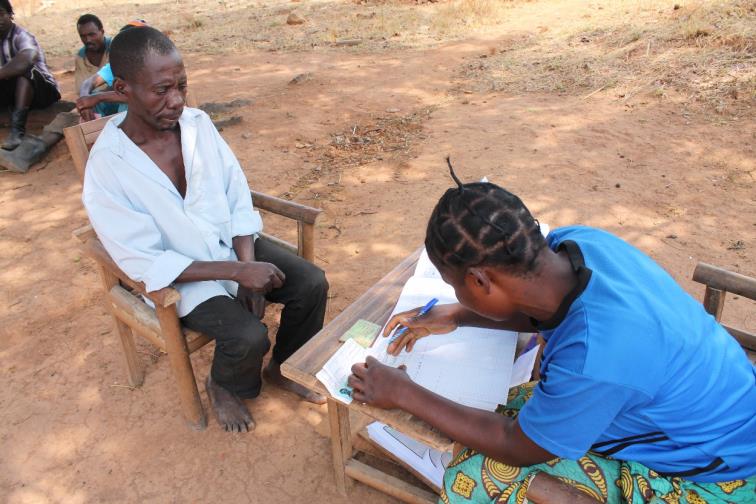BACKGROUND
 Land is central to livelihoods and economic growth. Agricultural land acts as a social safety net for the poor, unemployed, and elderly to meet subsistence needs, and at the same time, provides opportunities to multiply economic value with targeted investments in infrastructure, fertilization, water, or conservation of existing natural resources. For many countries, property taxes and ground rents in urban areas are the backbone of public service delivery. Strong land and resource management rights and supporting institutions within national and sub-national governments can protect the rights and interests of vulnerable populations and supporting social stability; unlock private sector investment for transformative growth; and, provide reliable public revenue contributing to national self-reliance.
Land is central to livelihoods and economic growth. Agricultural land acts as a social safety net for the poor, unemployed, and elderly to meet subsistence needs, and at the same time, provides opportunities to multiply economic value with targeted investments in infrastructure, fertilization, water, or conservation of existing natural resources. For many countries, property taxes and ground rents in urban areas are the backbone of public service delivery. Strong land and resource management rights and supporting institutions within national and sub-national governments can protect the rights and interests of vulnerable populations and supporting social stability; unlock private sector investment for transformative growth; and, provide reliable public revenue contributing to national self-reliance.
Zambia is a land-rich country with a small rural population and a high degree of urbanization. Yet to date, and despite over 20 years of liberalization of Zambia’s land markets, neither the rural nor urban land sector has been the driver of inclusive economic growth that it can and should be. The Government of the Republic of Zambia (GRZ) has developed a draft land policy and programs with the goal of providing land tenure security to Zambians, promoting economic growth, and generating government revenue from the sector, all consistent with the 7th National Development Plan. Yet the realization of these goals will require assistance to be implemented successfully.
This assessment provides an overview of the land sector in Zambia as of early 2018, including current challenges and interventions across stakeholder groups and land types. It also summarizes the achievements of the United States Agency for International Development (USAID)-funded Tenure and Global Climate Change (TGCC) program and the remaining gaps and priorities, and then outlines recommendations for future interventions focusing on policy and legislation, training and capacity, data analysis and IT, research, and field activities that either build on TGCC momentum, test new pilots, or scale tested approaches. The assessment aims to inform USAID, other cooperating partners (CPs), and other government stakeholders.

